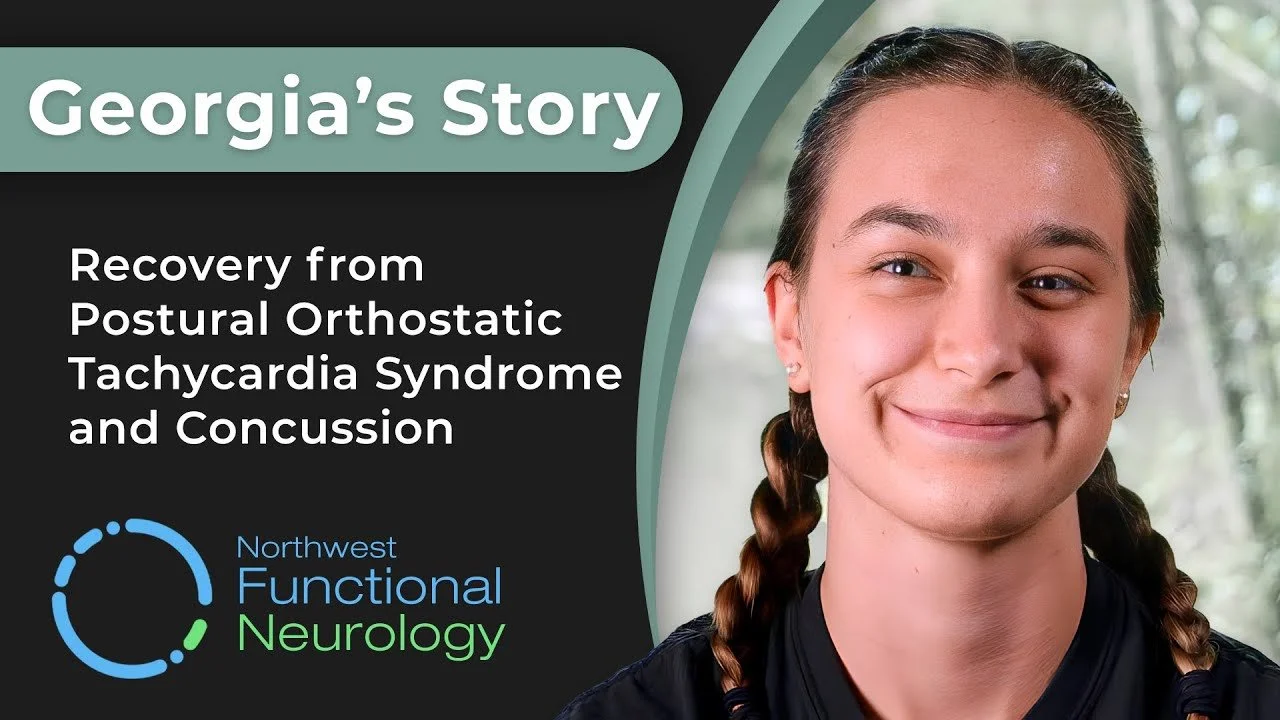
DYSAUTONOMIA
Dysautonomias are disorders that involve dysfunction of the autonomic nervous system. The autonomic system regulates critical involuntary bodily functions including heart rate, blood pressure, breathing, digestion, and a number of other reflexes that are critical to survival. Living with dysautonomia can be challenging. Fortunately, our NeuroRescue program can help.
WHAT IS DYSAUTONOMIA?
Dysautonomia is a term that refers to a number of conditions that produce dysfunction of the autonomic nervous system. The autonomic nervous system is responsible for controlling critical unconscious processes including blood pressure, heart rate, respiration, and digestion among others. People living with dysautonomia have difficulty regulating these functions, which can lead to light-headedness and fainting, unstable heart rates and blood pressure, digestive difficulties and more. Dysautonomia can occur as a primary condition or secondary to other disorders.
CONDITION TYPES
POTS | Vasovagal Syncope | Orthostatic Hypotension | Post-Concussive Dysautonomia
OUR TREATMENTS
We are able to address brainstem and heart integration issues by monitoring vitals and slowly tilting the patient from lying all the way up to standing on a hydraulic table, while assessing when these reflexes start to fail. Over time, this allows us to build endurance within the reflexes of those systems, ideally generating the ability to stand without failure of heart rate or blood pressure. Read More
CLINICAL RESEARCH
Dysautonomia has many subgrouping’s and is continuously being explored. Learn More
“I finally had hope, someone said my life would be better - and not just temporarily… my whole life has changed because of this.”
“The most comforting part of this experience was someone saying “I can see there is something going on with you.” Which was amazing to hear when so many people have told me that I was just making this up.”
Our Unique Approach To Dysautonomia

-
We use advanced neurodiagnostic technologies and cutting edge neurorehabilitation strategies that are unique to your brain and condition.
-
We use high frequency treatment over 5-10 days, to bring you maximum results in the shortest time possible.
See The Results
Georgia's Story: Recovery from Postural Orthostatic Tachycardia Syndrome and Traumatic Brain Injury



